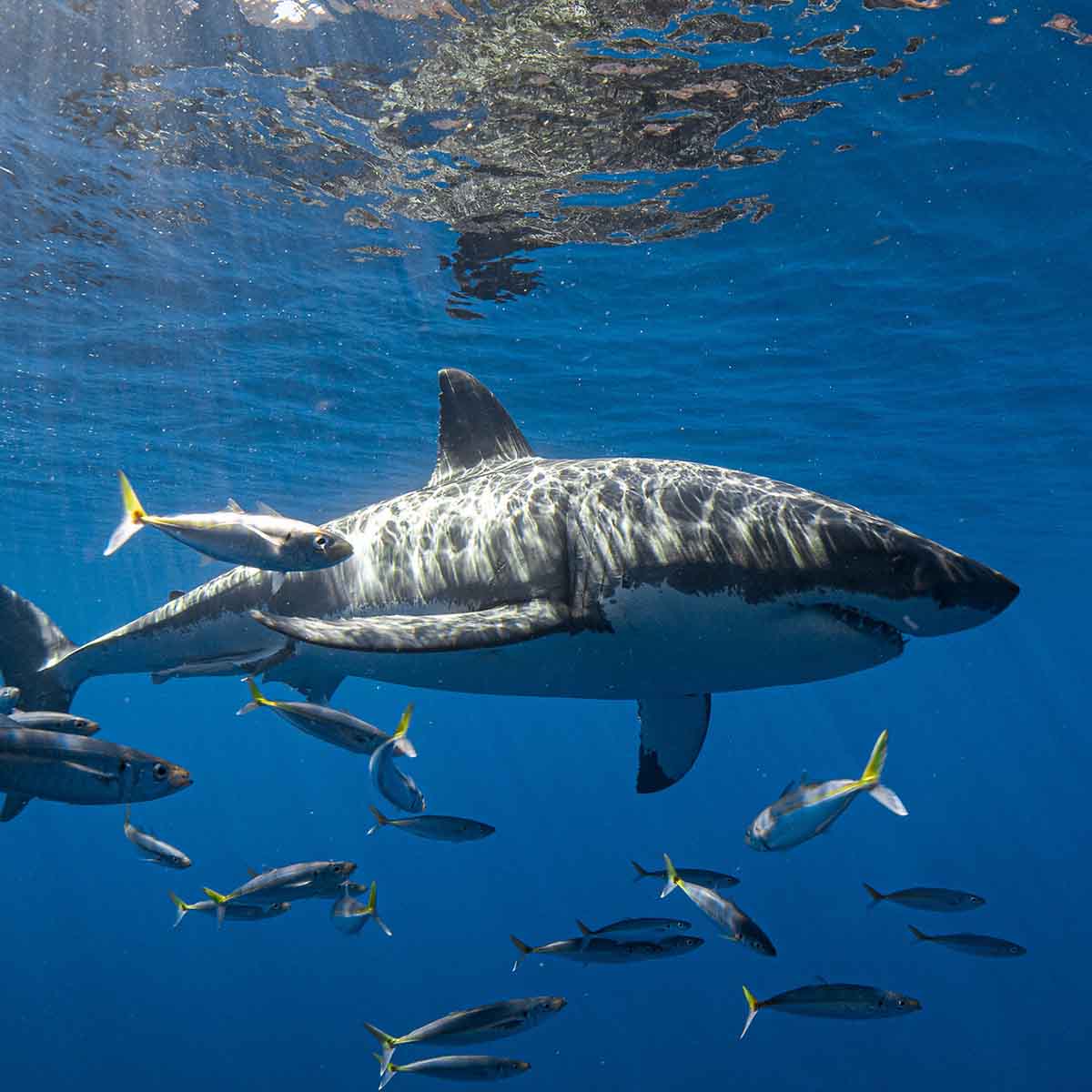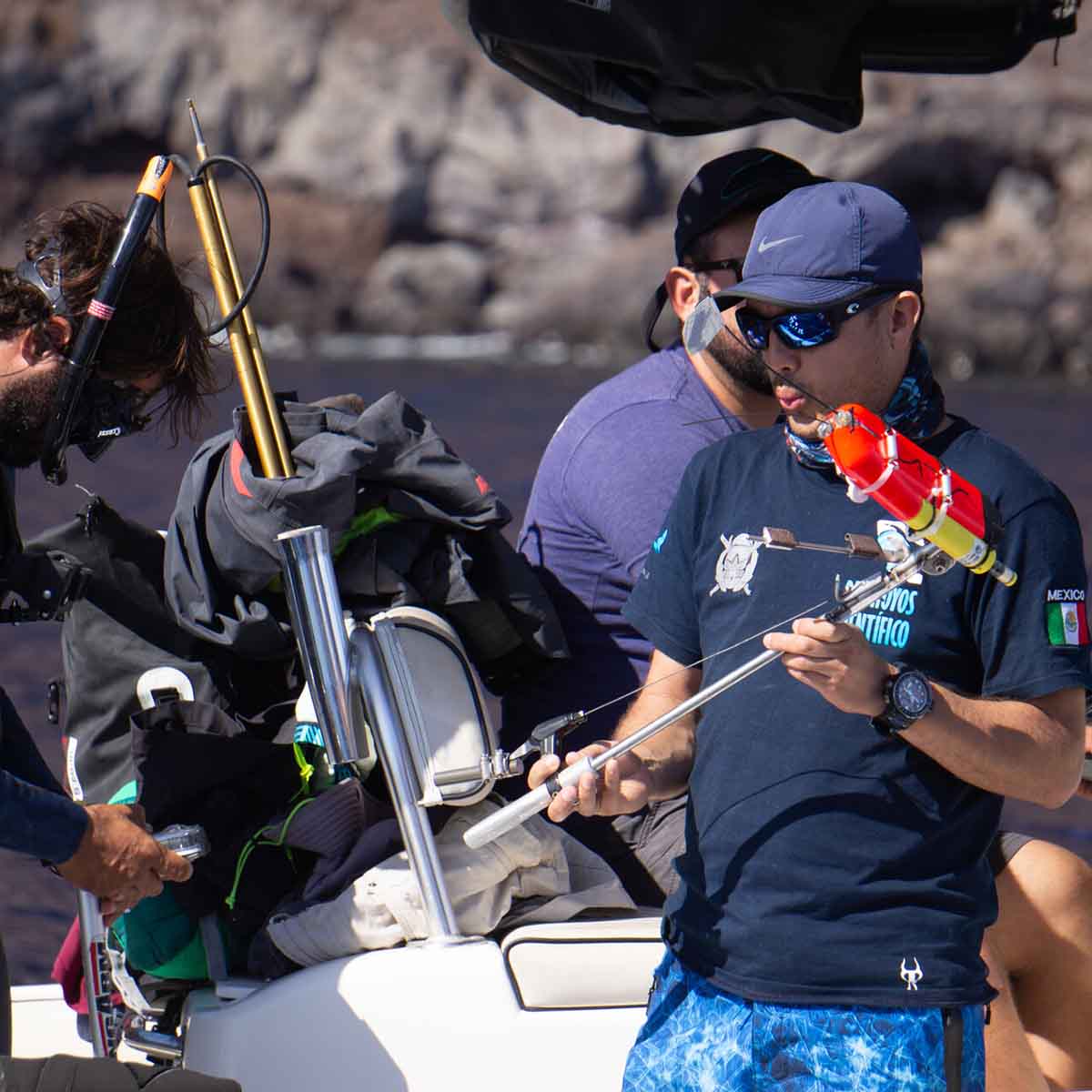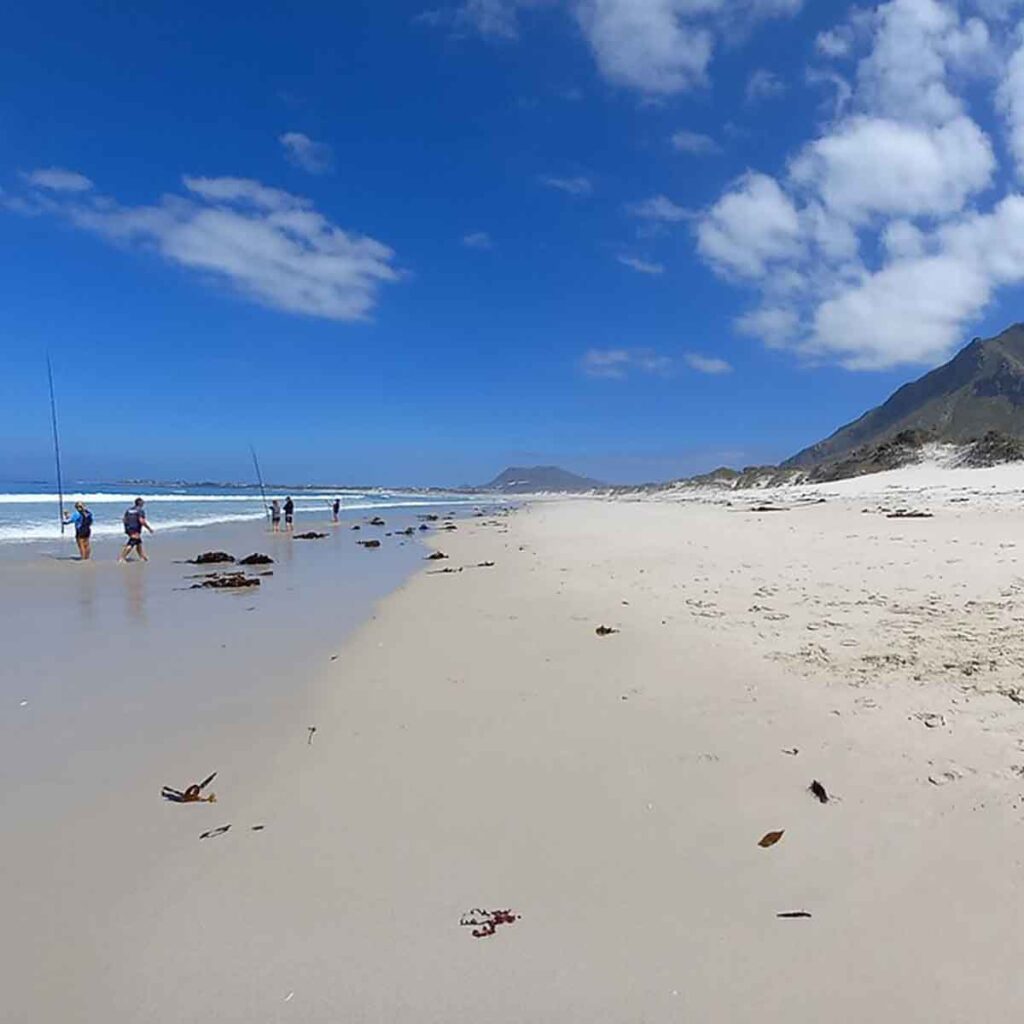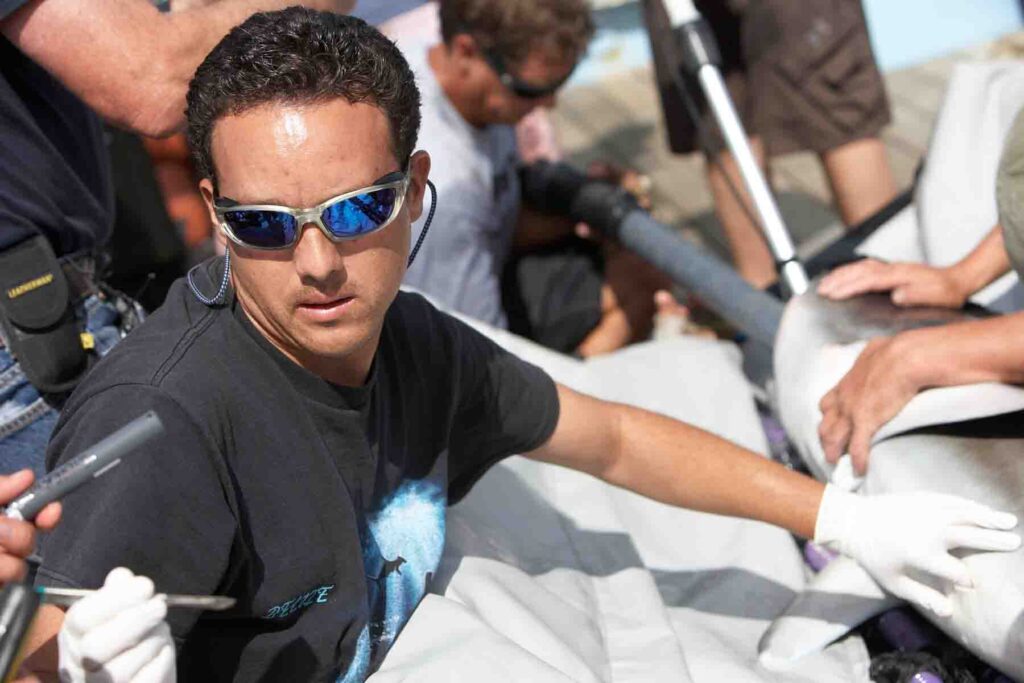
Social dynamics of White Sharks.
Social dynamics and individual hunting tactics of white sharks revealed by biologging.
- Use of biologging sensors
- Foraging of large marine predators in the wild can be quantified
You may have heard about our "Great White Mystery project", which aims to gather more detailed knowledge about Great White Shark migrations with the help of new tags? Mauricio Hoyos Padilla, Yannis Peter Papastamatiou and their team have now published the first scientific paper in this project.
But what are the new research findings about anyway? They tried to explore social dynamics and individual hunting tactics of great white sharks using biological sensors such as cameras & telemetry receivers. Guadalupe, Mexico, was chosen as the research area. Through biologging, the team has been able to detect social relationships while also recording behaviour, allowing quantification of social foraging by large marine predators. It is another step in the right direction to get to know these giants better.

© Denise Smolinsky
Abstract
Social foraging, where animals forage in groups, takes many forms but is less studied in marine predators as measuring social associations in the wild is challenging. We used biologging (activity, cameras and telemetry receivers) sensors to measure social associations and simultaneous behaviour, in white sharks (Carcharodon carcharias) off Guadalupe Island, Mexico. Animal-borne telemetry receivers revealed that sharks varied in the number of associations they formed and occurred most often when sharks were swimming in straight paths or when they were turning frequently.
While many associations were likely random, there was evidence of some stronger associations. Sharks varied in the depths they used and their activity, with some individuals more active in shallow water while others were more active 200 – 300 m deep. We propose that white sharks associate with other individuals so they can inadvertently share information on the location or remains of large prey. However, there may be a wide range of individual variability in both behaviour and sociality. Biologging now enables social associations of animals to be measured, concurrent with measures of their behaviour, so that social foraging of large marine predators can be quantified in the wild.
your contact person Herbert Futterknecht
We report on Shark protection stay informed!

Don’t miss any events, current projects, educational programs and news! Sign up for our free newsletter and stay up to date!



